Made with inexpensive materials like tin or sheet metal, exvotos are devotional paintings offered in gratitude by everyday people. Individuals who experienced everyday miracles–being cured of an illness or saved from an accident–expressed their gratitude by creating an exvoto composed of both a visual and written description of their experience.
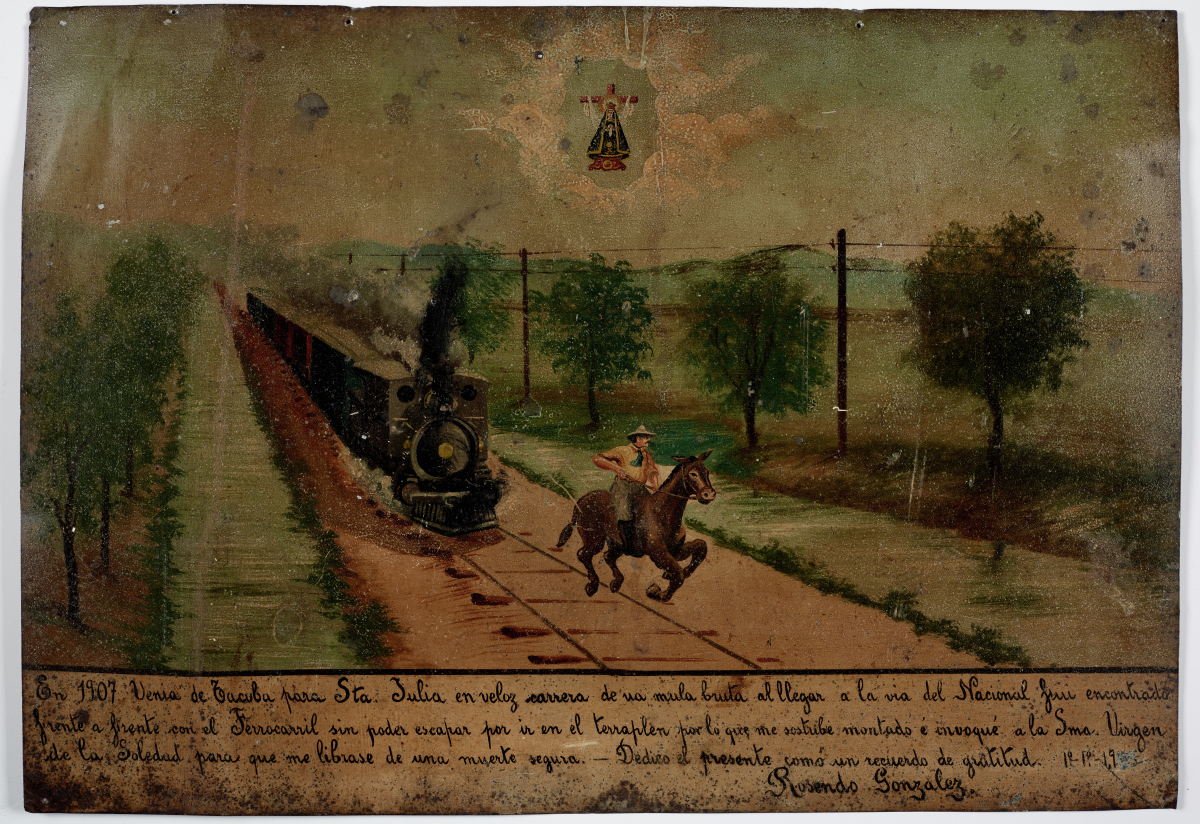
Retablo Dedicated by Rosendo Gonzalez, January 1, 1907, Dallas Museum of Art, gift of Mr. and Mrs. Stanley Marcus Foundation
After the Center for Creative Connections installed eight exvotos from Mexico as part of Maria Teresa Pedroche’s Staff Point of View, we invited visitors to reflect on their personal experiences and prayers by creating their own exvoto in the Interactive Gallery. Visitors can take their creation home with them or add it to C3’s collection of visitor exvotos by placing it in a binder for others to read.
Since we first launched this activity in December 2015, hundreds of visitors have made exvotos expressing gratitude for their family members, their smartphones, their pets, their city, their schools–the list could go on and on! Take a look at a few of the recurring themes that we’ve found in some of our visitors’ exvotos:
Food
- “I am thankful for food and water.”
- “Thankful for tasty fruit!”
Nature
- “I am greatful for the sun.”
- “I’m so thankful for the beauty & greatness of life and its many features!”
- “I am thankful for mother nature.”
- “I am grateful for nature. “
- “I am grateful for the sun, water, & the sunbeams’ reflections.”
Art
- “I am thankful for the art museum.”
- “I am greatful for religious art. The detail of the work is always so intrinsic and always leaves a profound energy with me.”
- “I am grateful that ART came into my life and I enjoy it every single day of my life. “
Personal Relationships
- “thank you for my Mom and Dad God. “
- “I am thankful for my FAMILY.”
- “Grateful for allowing to love anyone regardless of what, who, & how they are.”
Obstacles
- “I am grateful for adversity. ‘Someone I love once gave me a box full of darkness. It took me years to understand that this, too, was a gift.'”
- “I am grateful for our trip to the mountains where my son could recover from his Lefort III surgery.”
- “I am grateful for the restored health of my child follow 3 open heart surgeries & neurological issues. My peace came through my abstract “doodle” art. Find the hidden words & images.”
- “I am thankful for the disease I was given at birth, cystic fibrosis, because through the years I’ve learned to live each day like it’s my last because it really could be. My mindset has given me the courage to do the impossible”
What are you grateful for? Create your own exvoto the next time you drop by the Center for Creative Connections, and share your creation on Twitter or Instagram using #DMAexvoto.
Paulina Lopez
McDermott Graduate Intern for Visitor Engagement



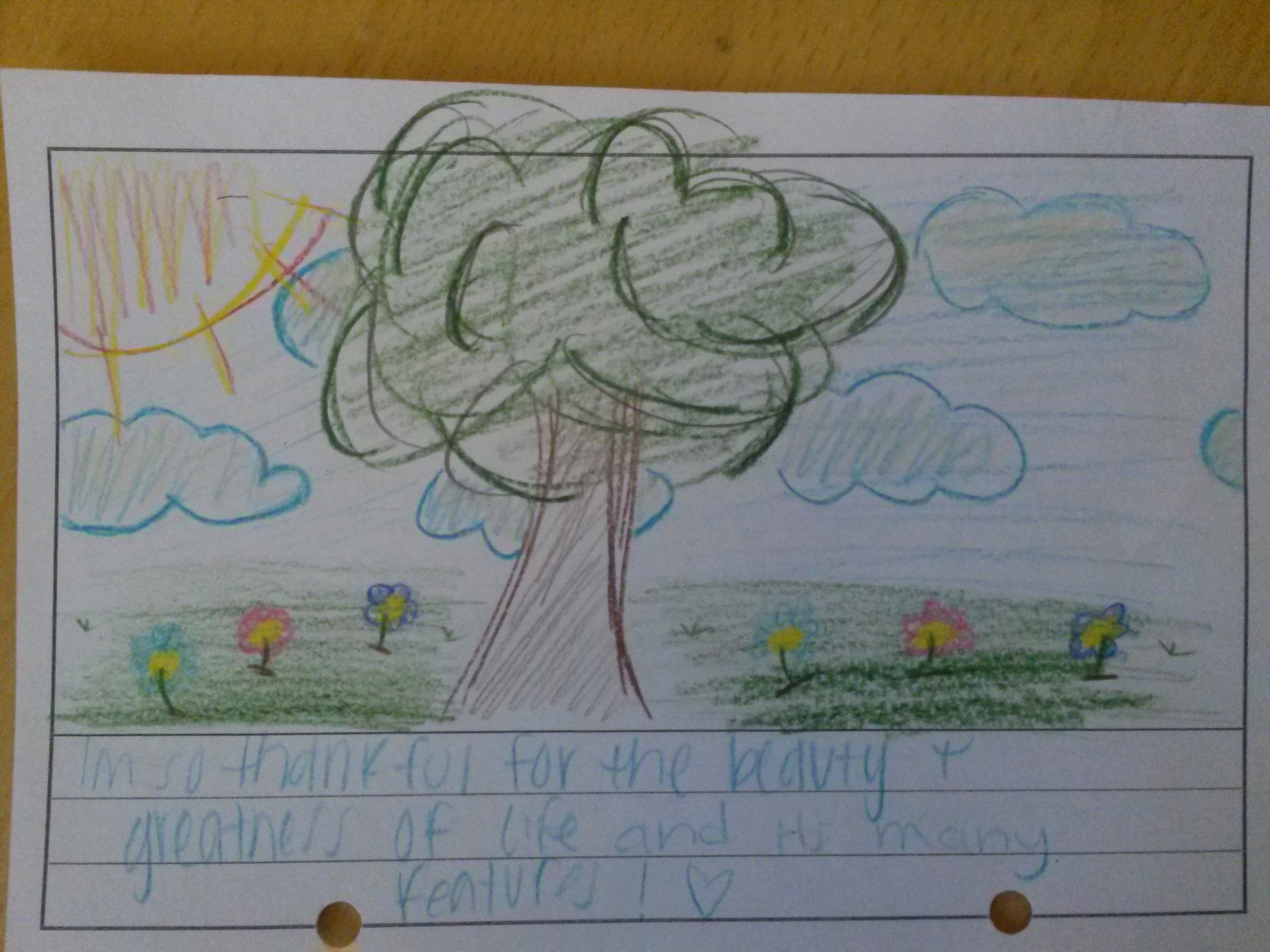














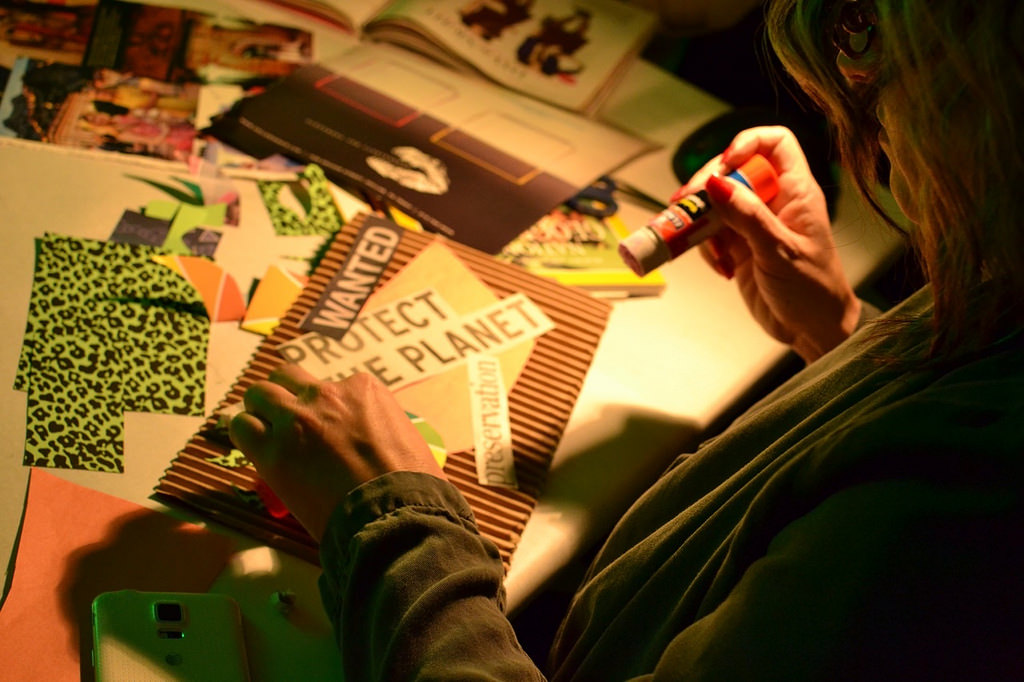


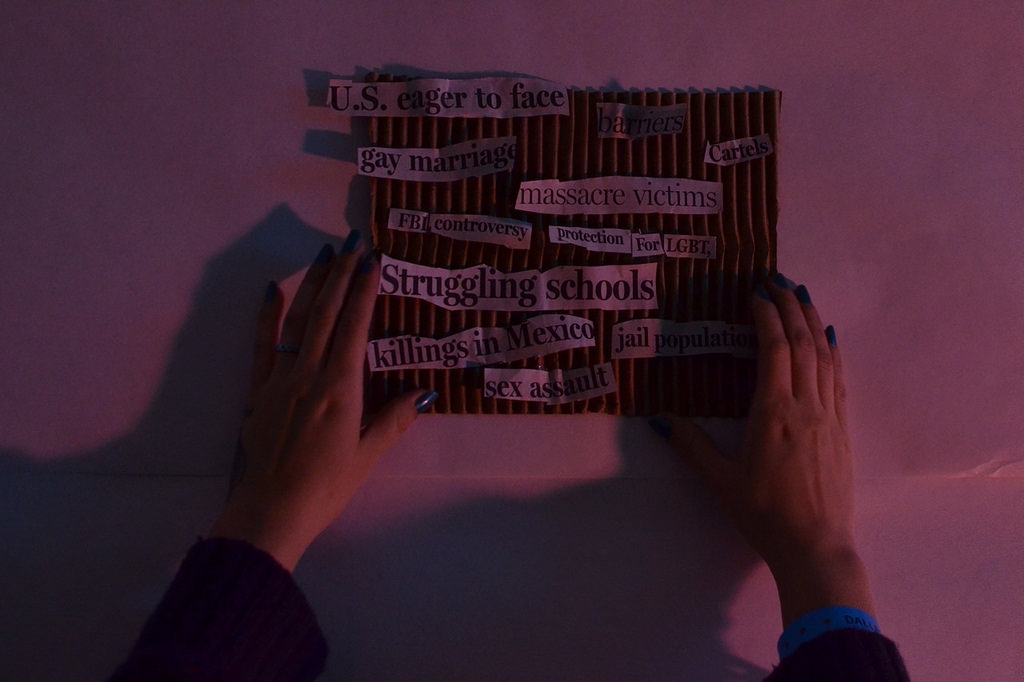













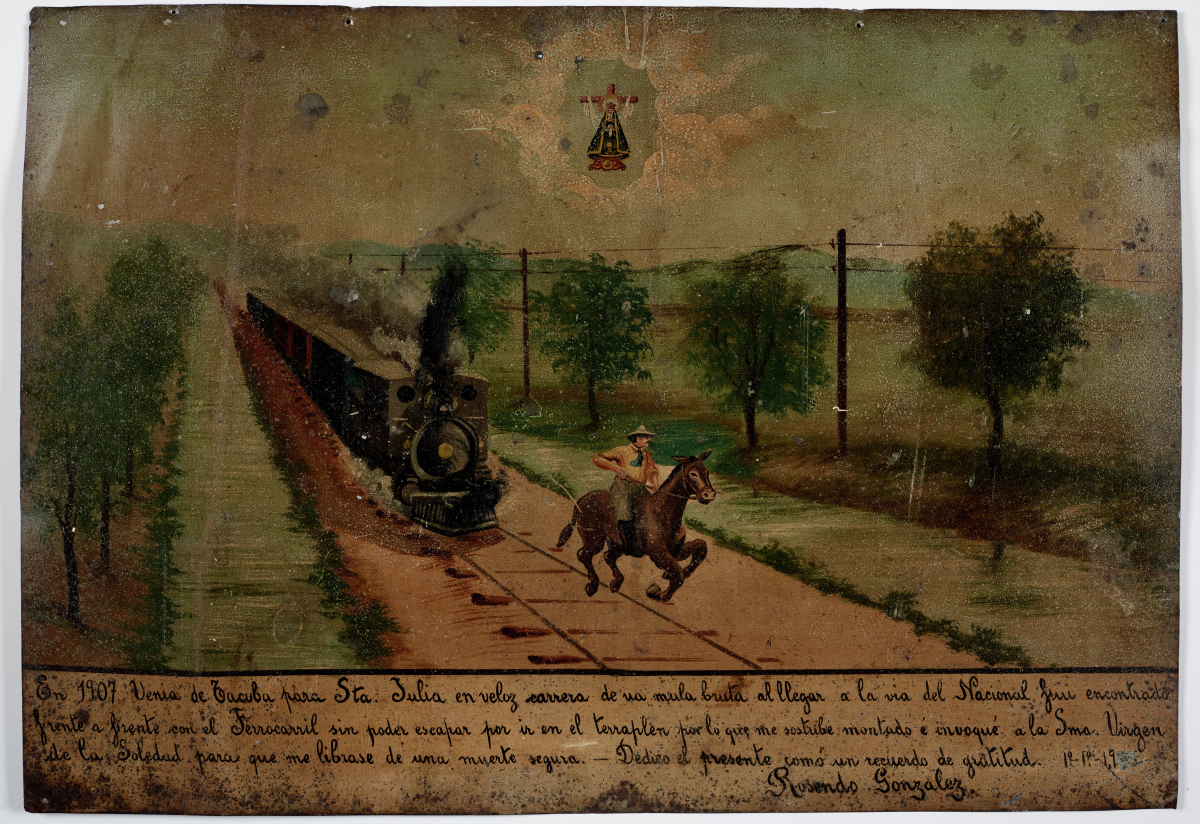





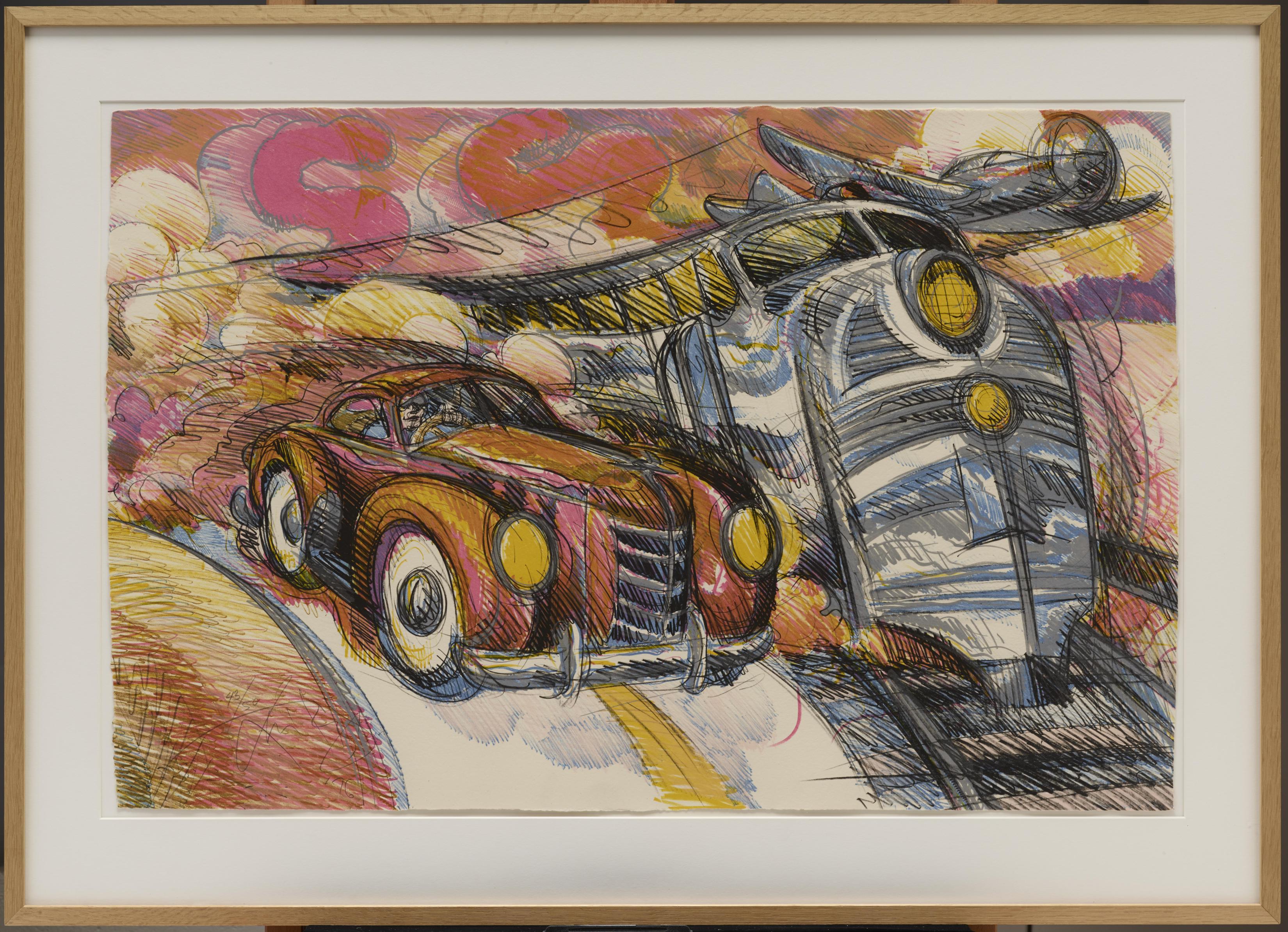
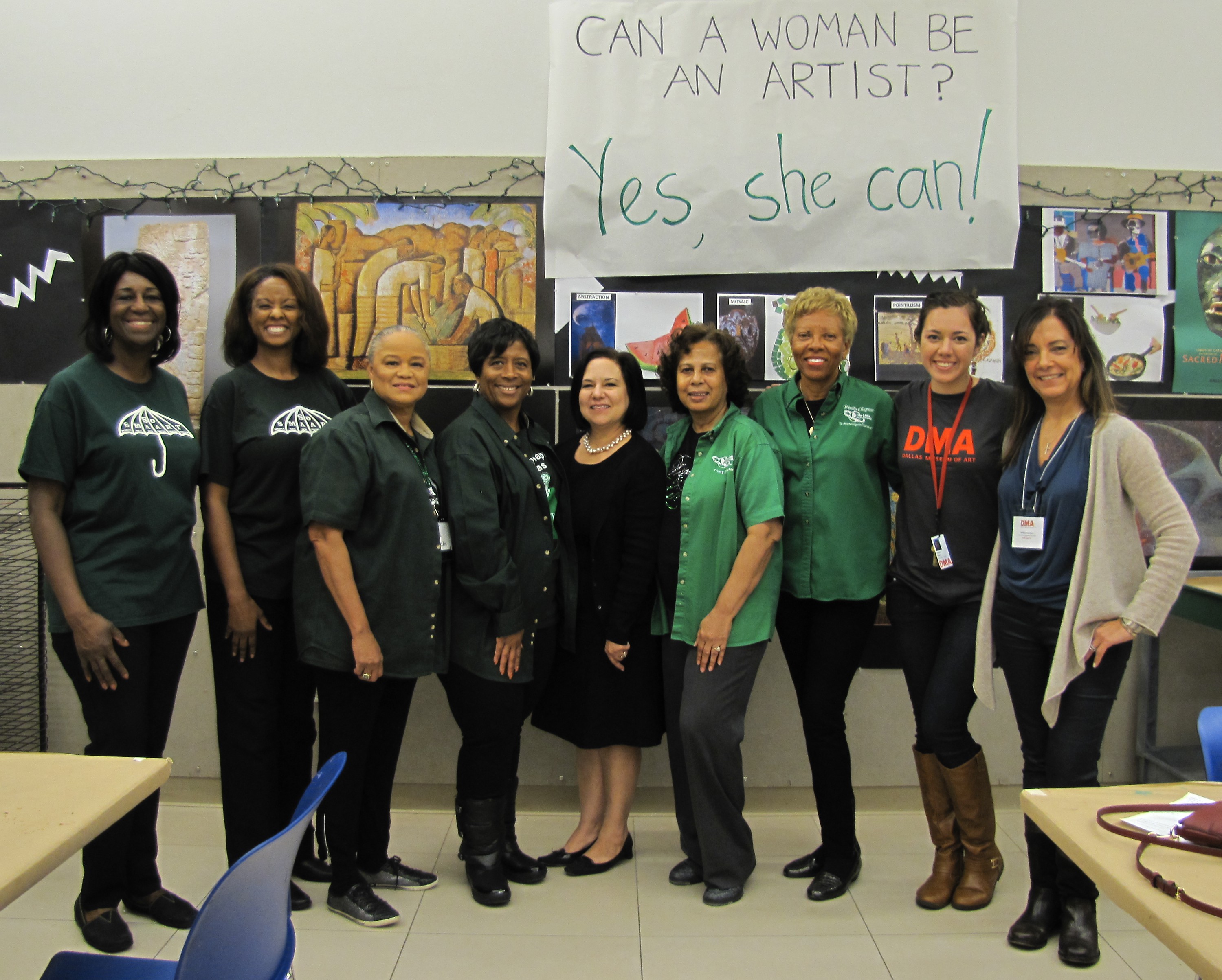
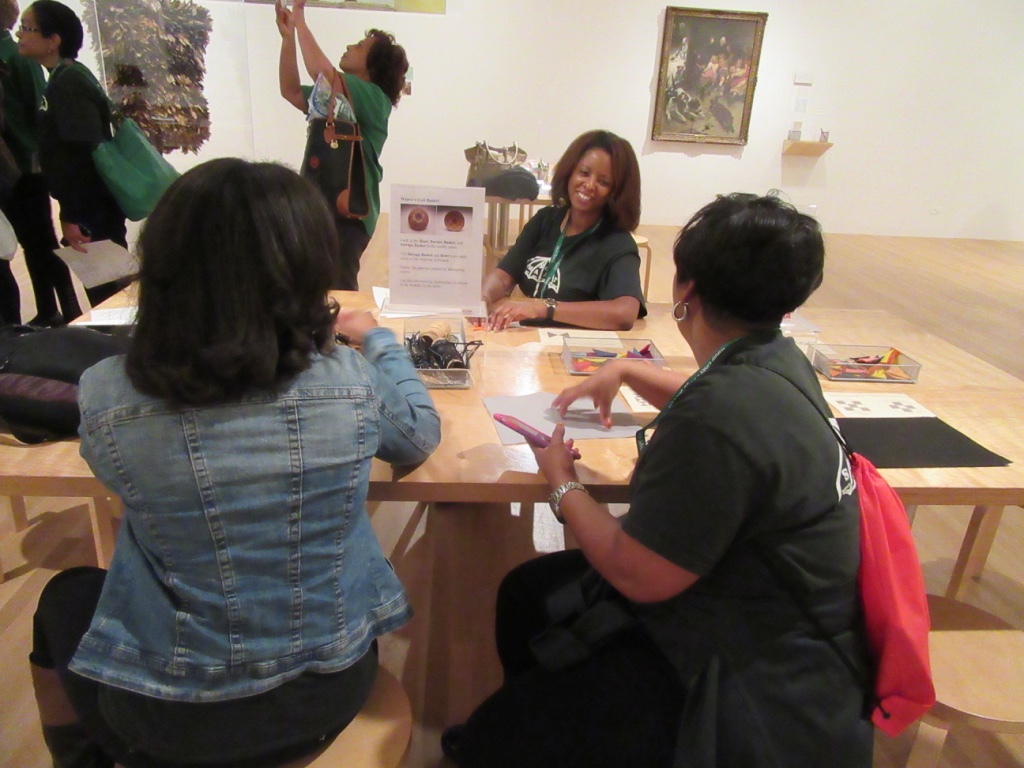





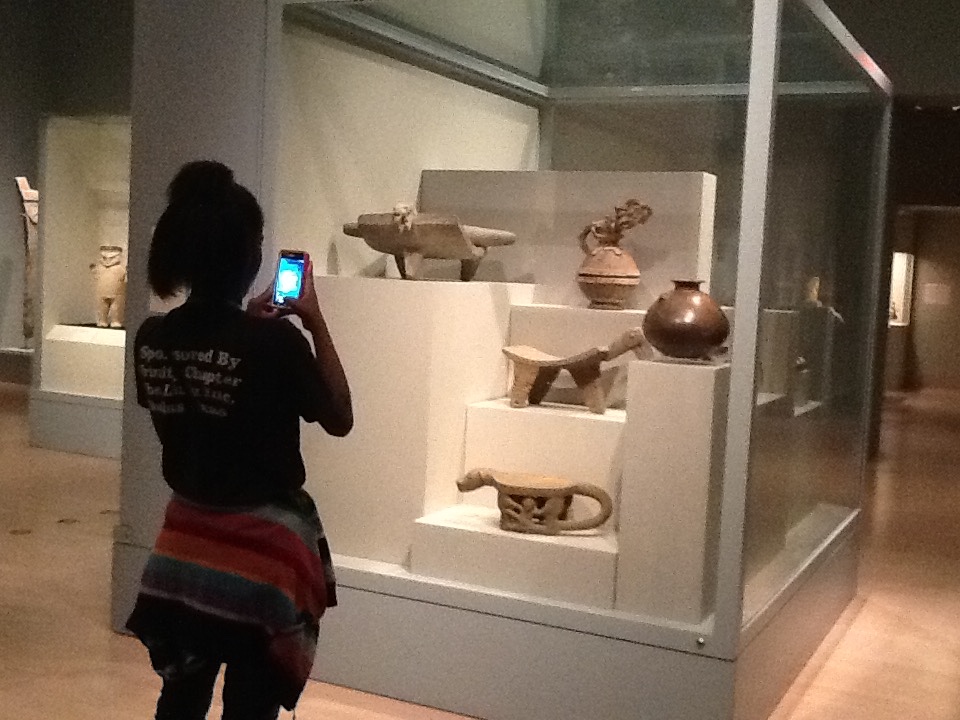
















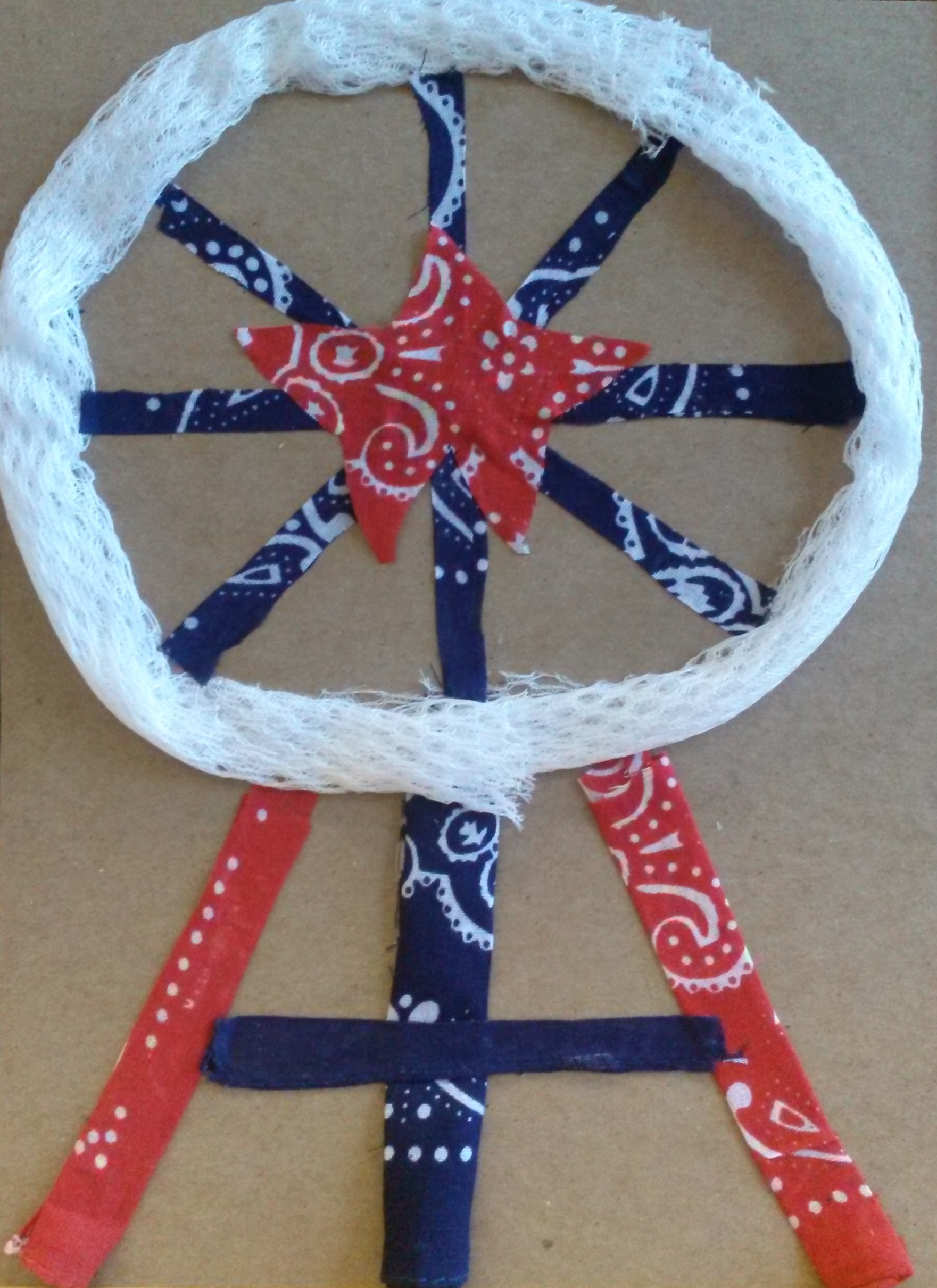









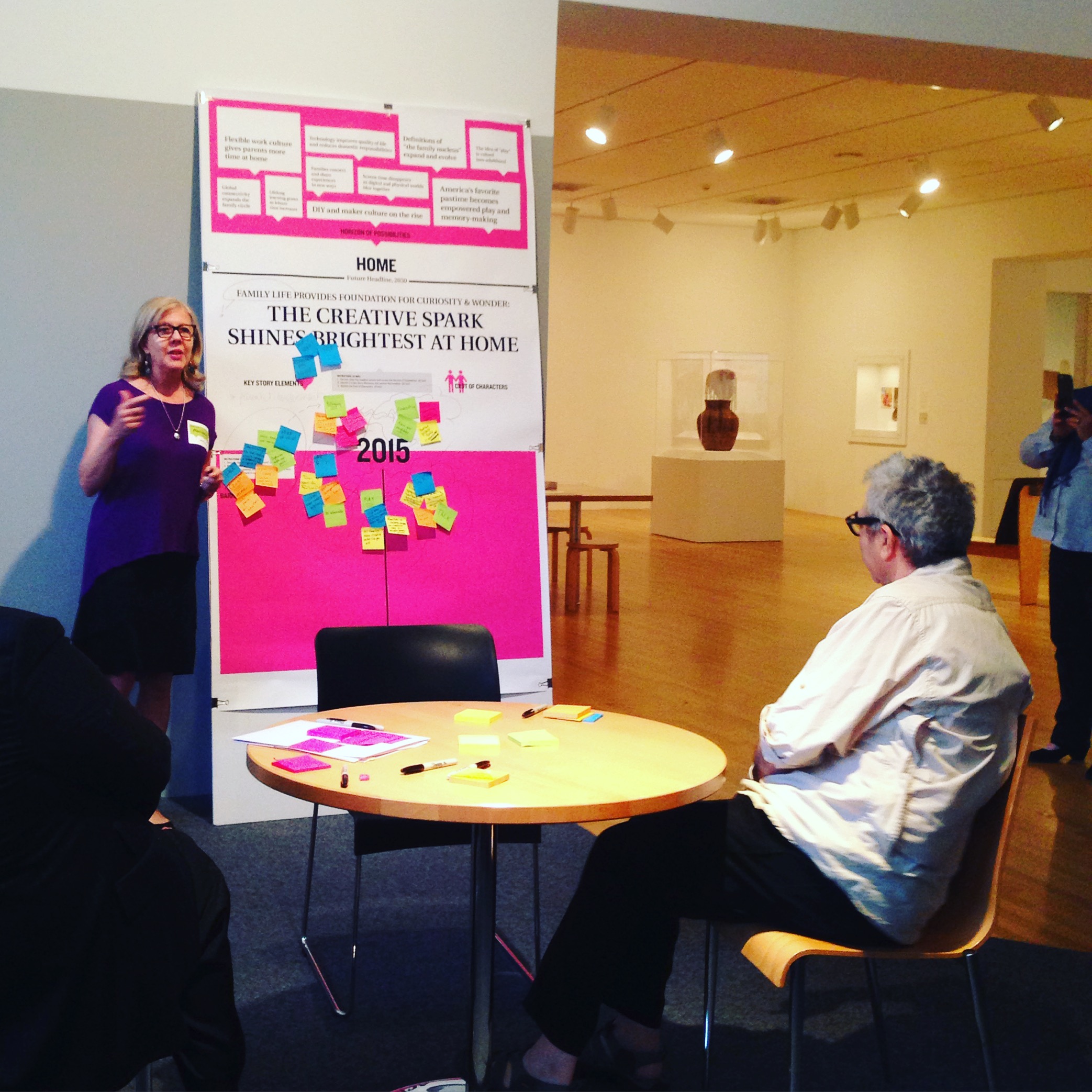










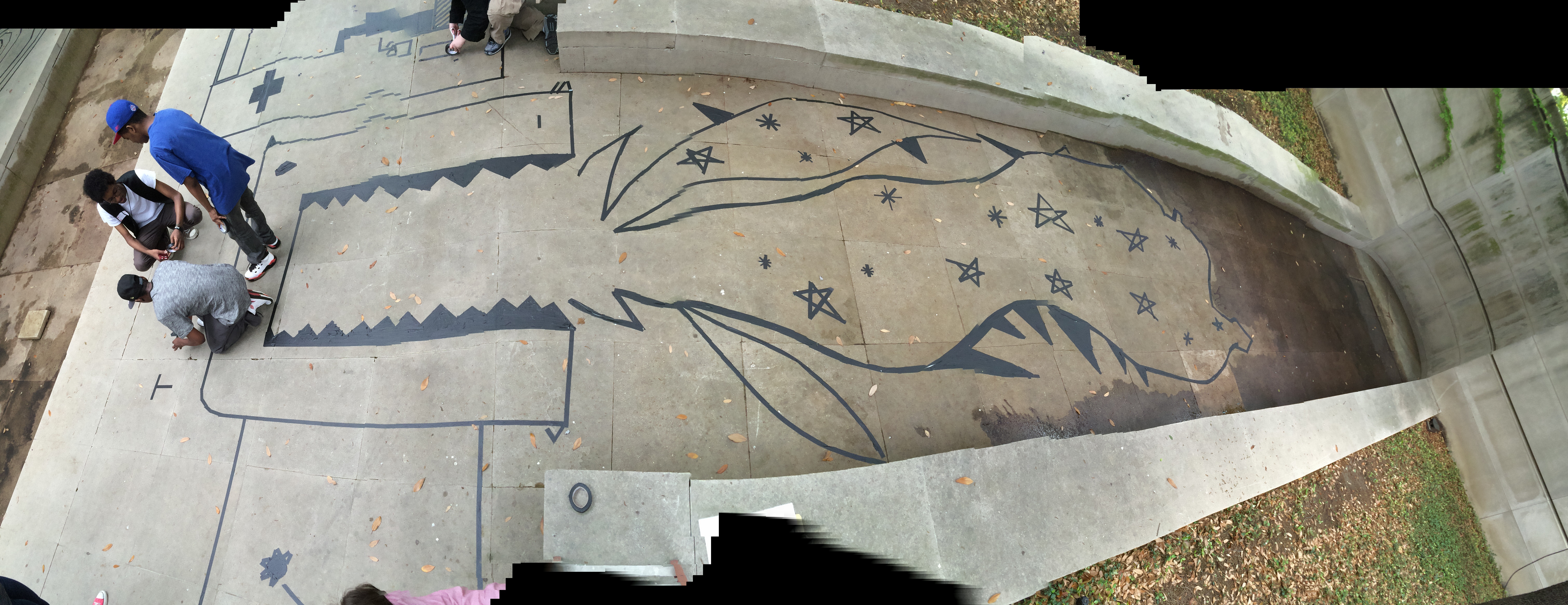




 Last week, while vacationing in San Juan with my family, we stopped by the
Last week, while vacationing in San Juan with my family, we stopped by the 










